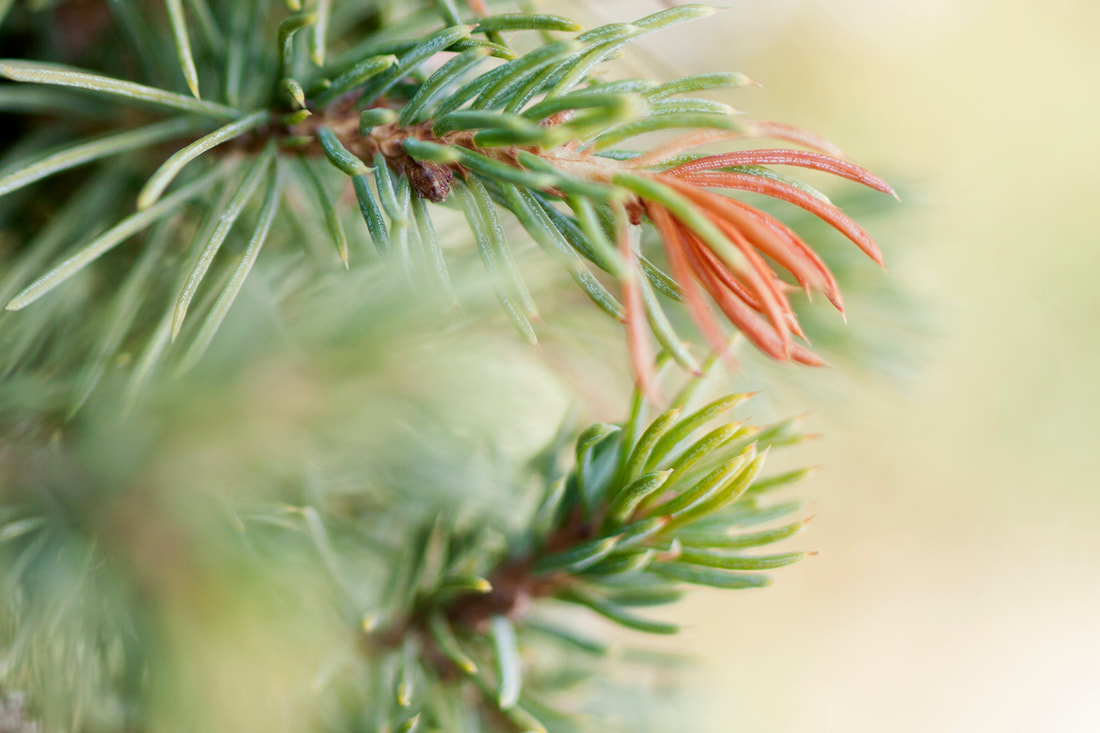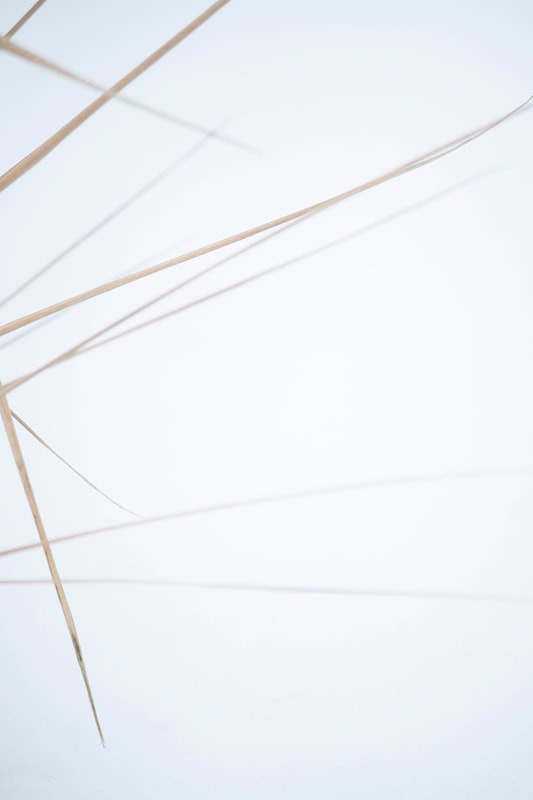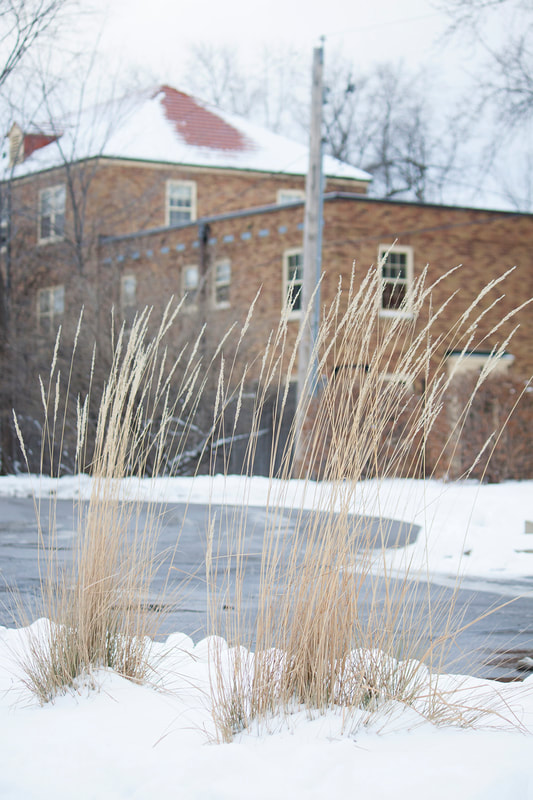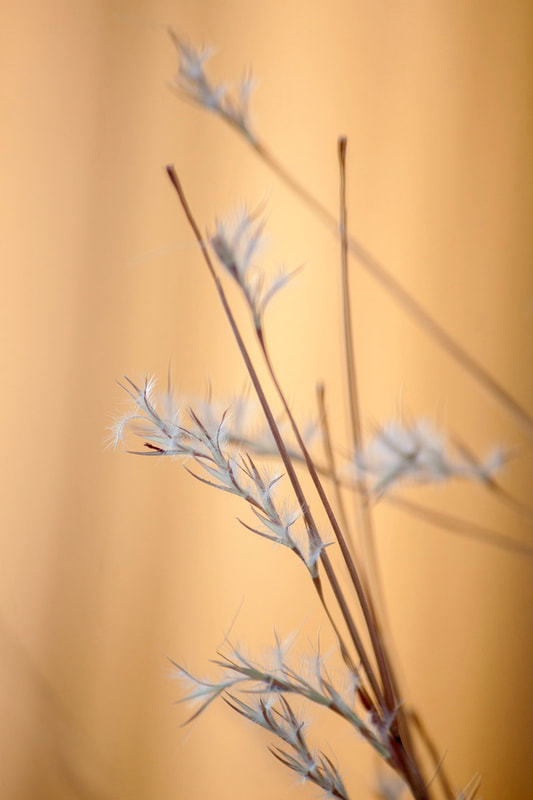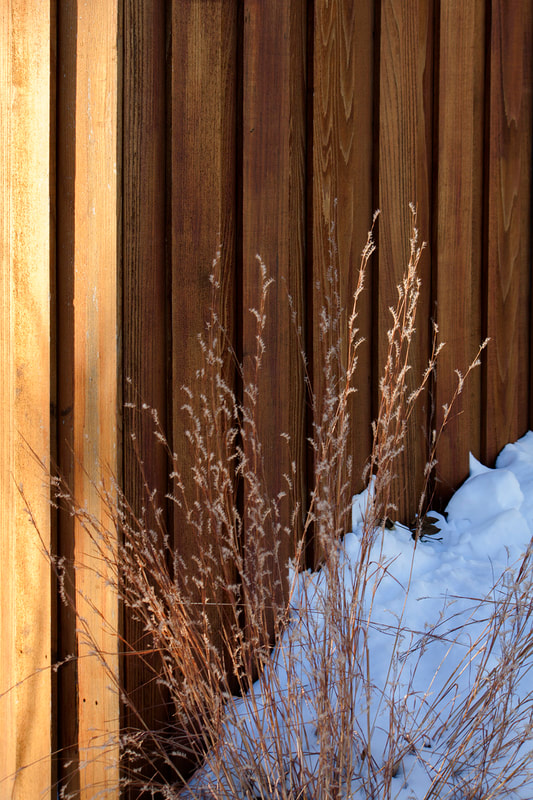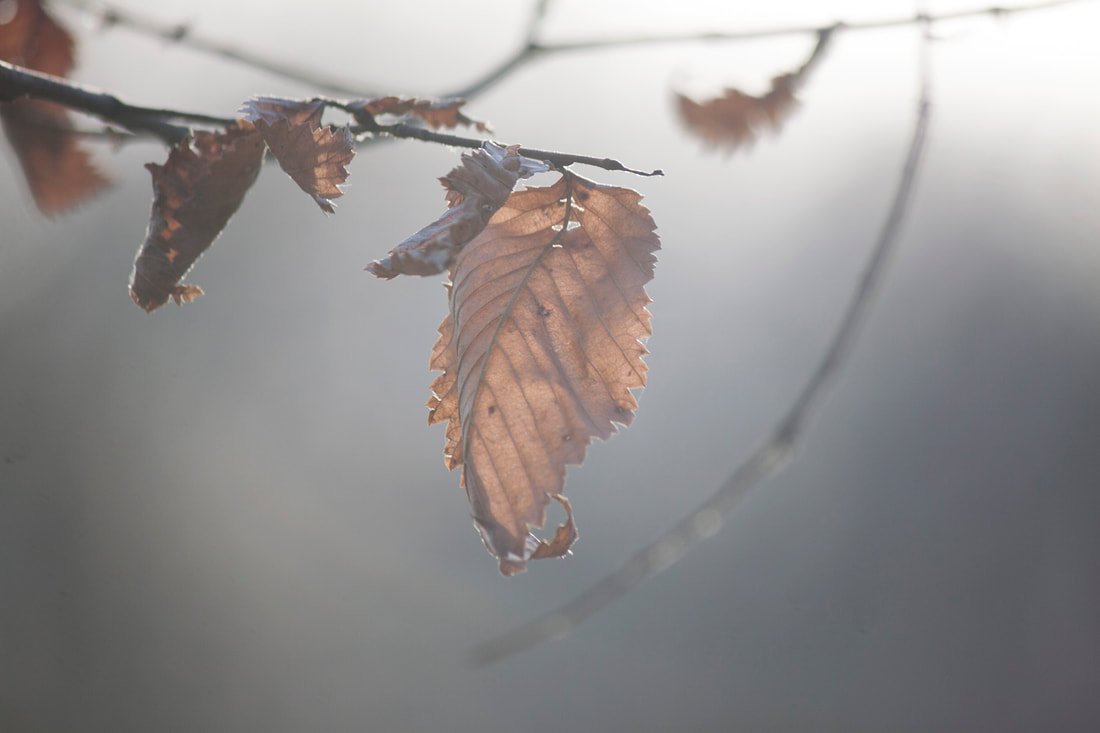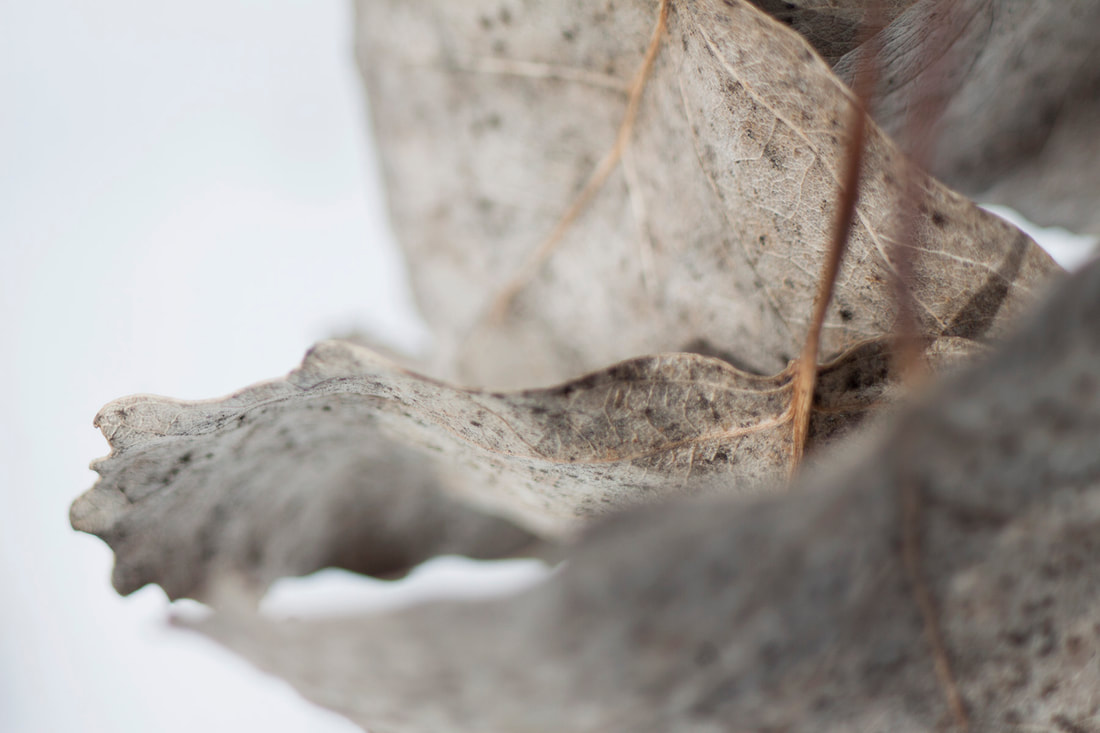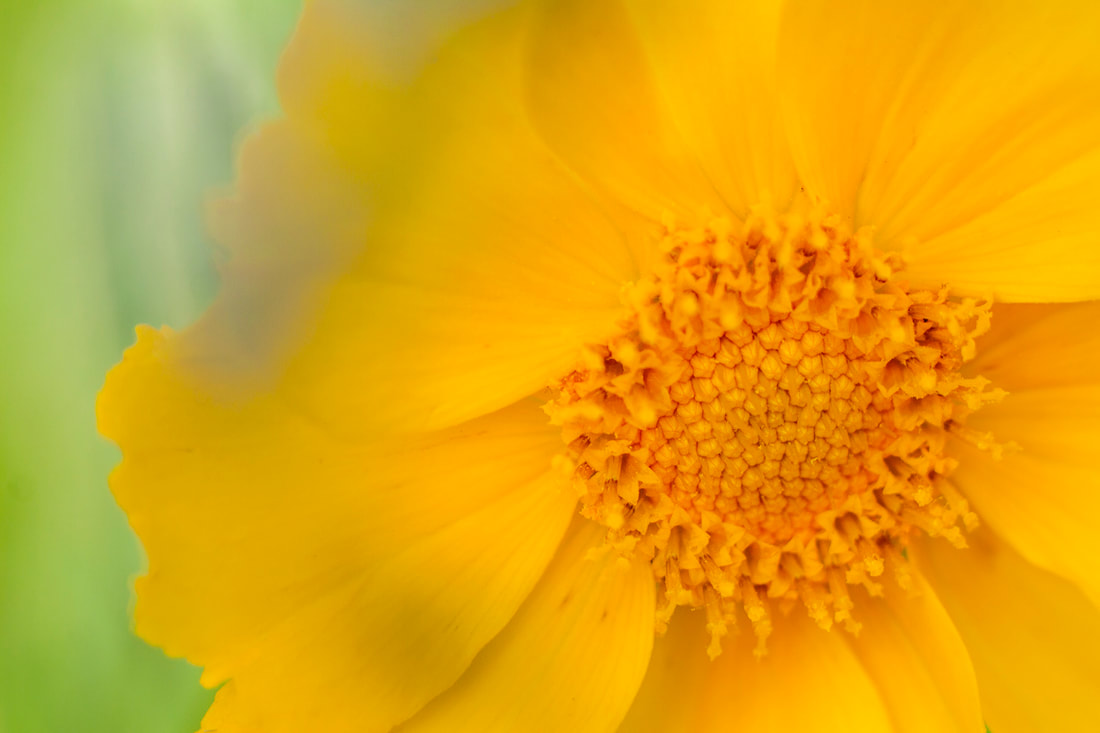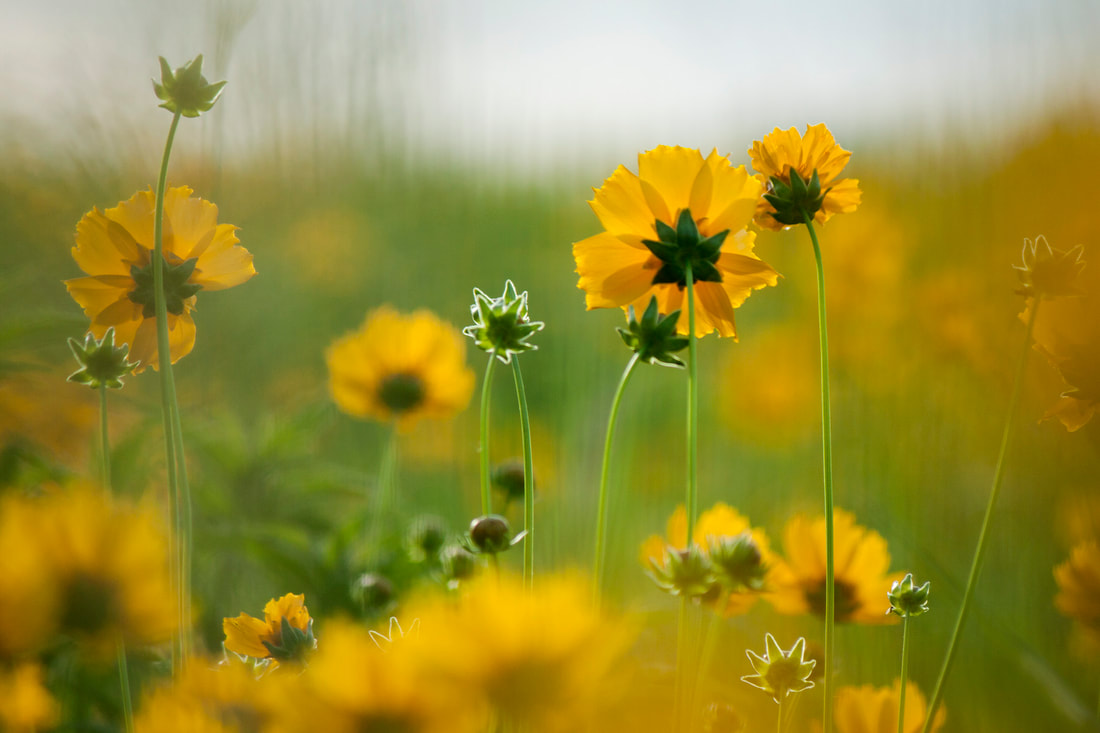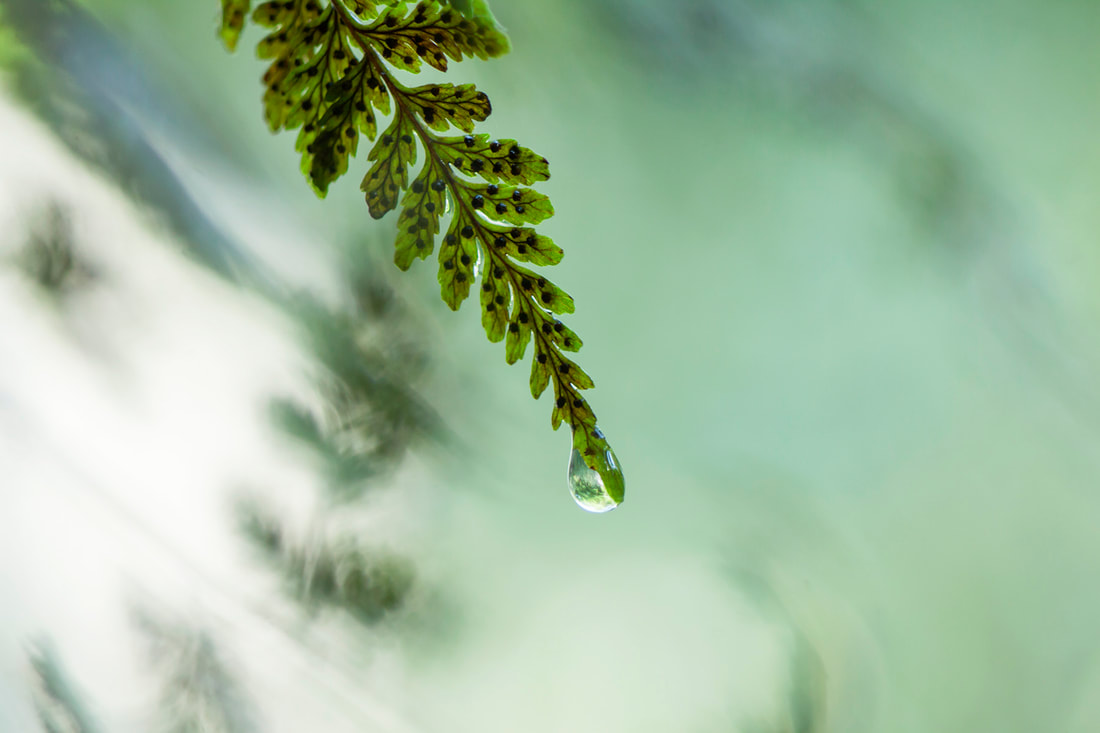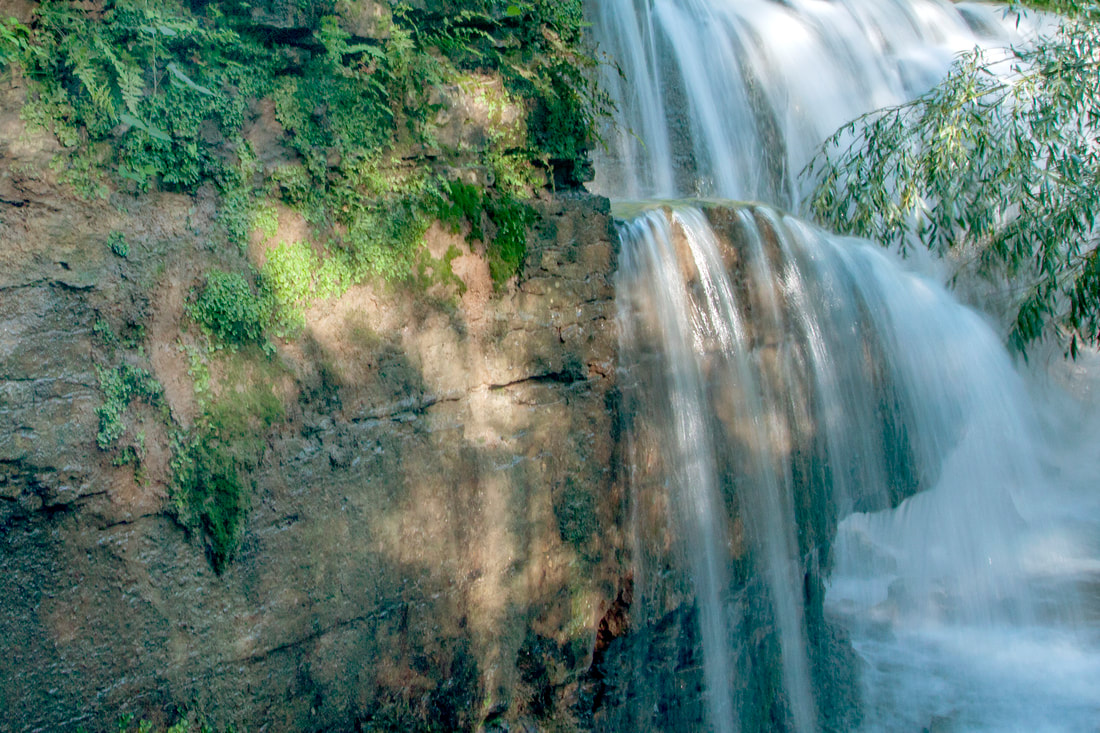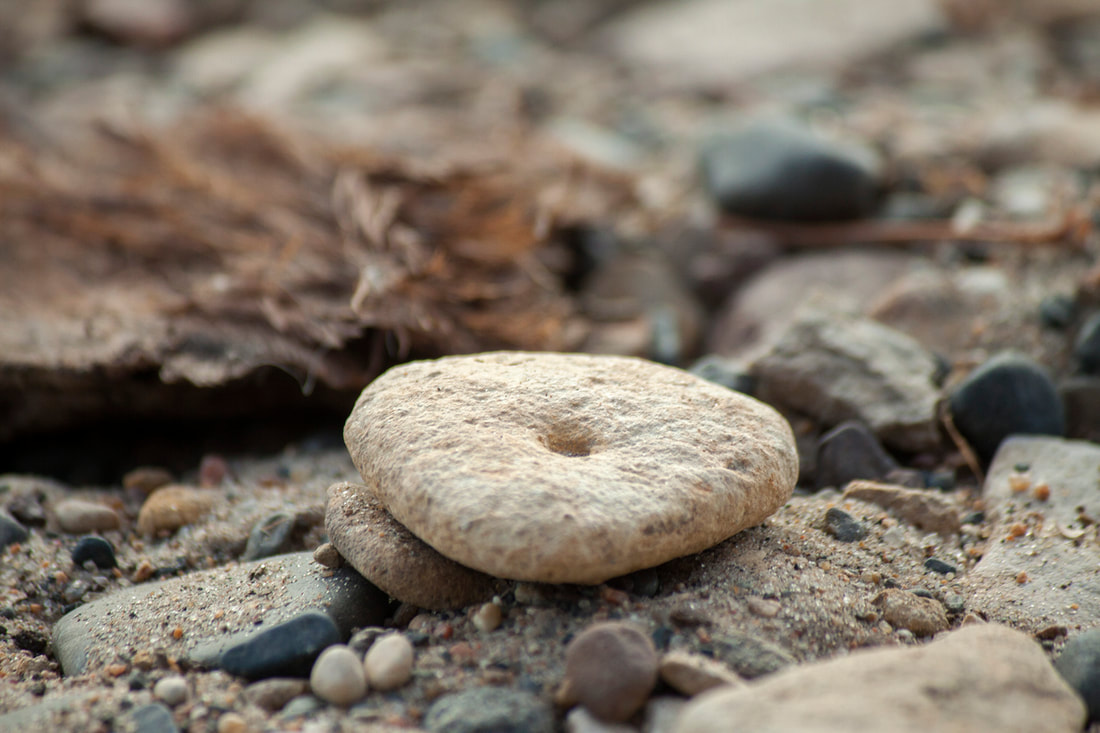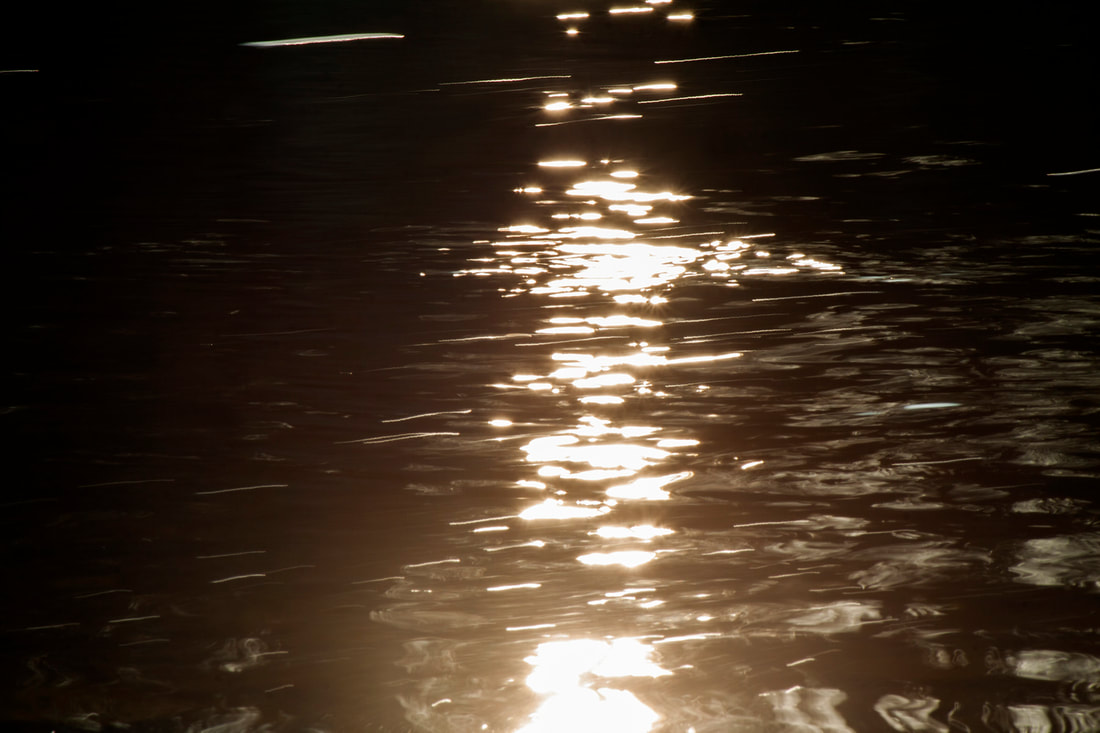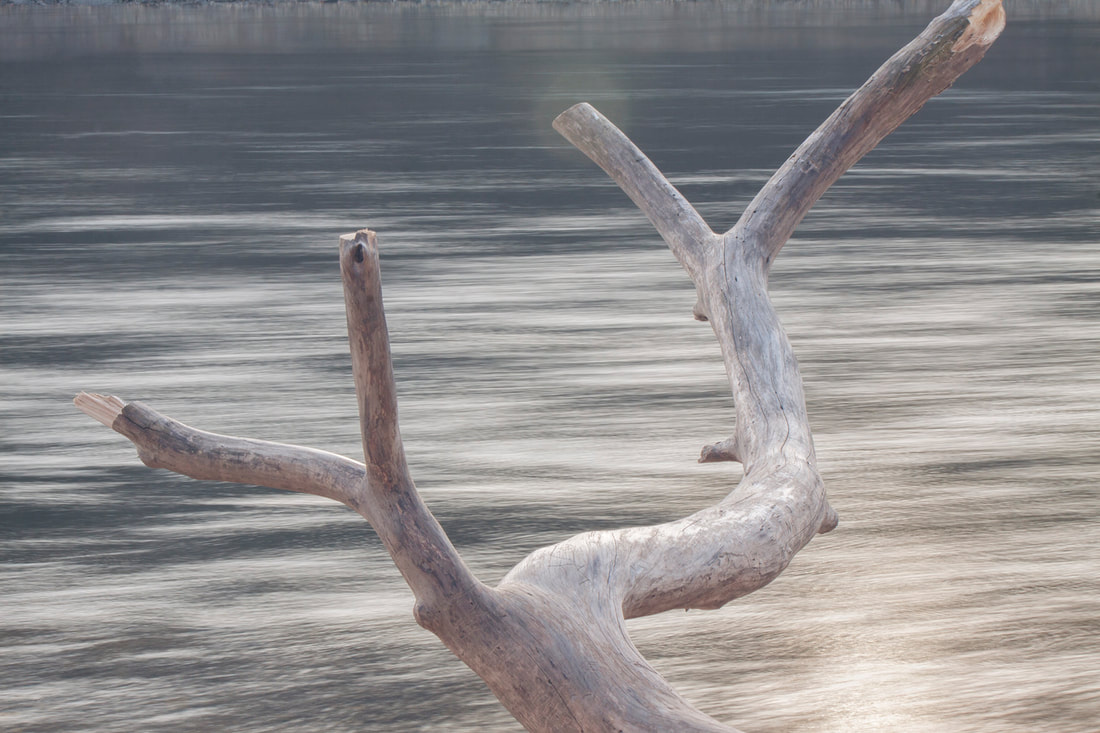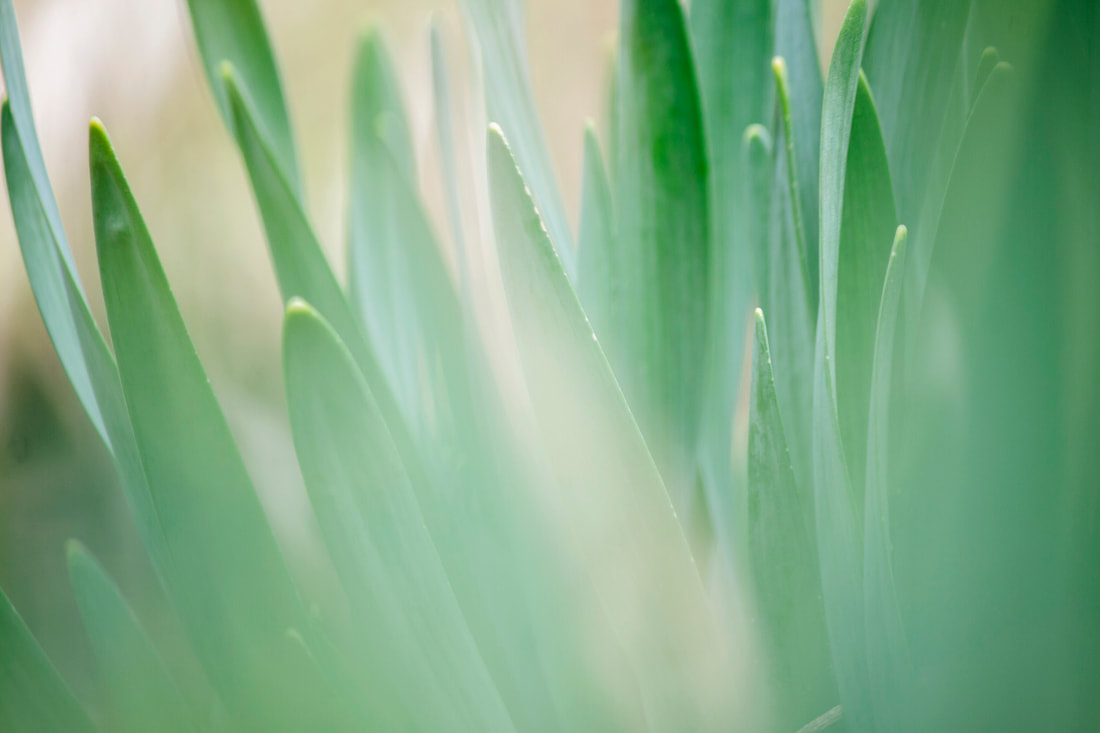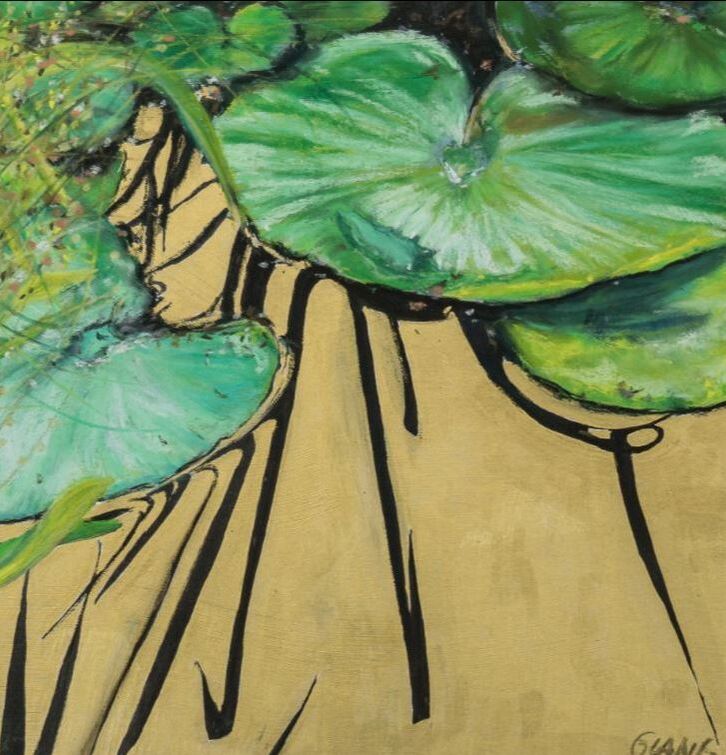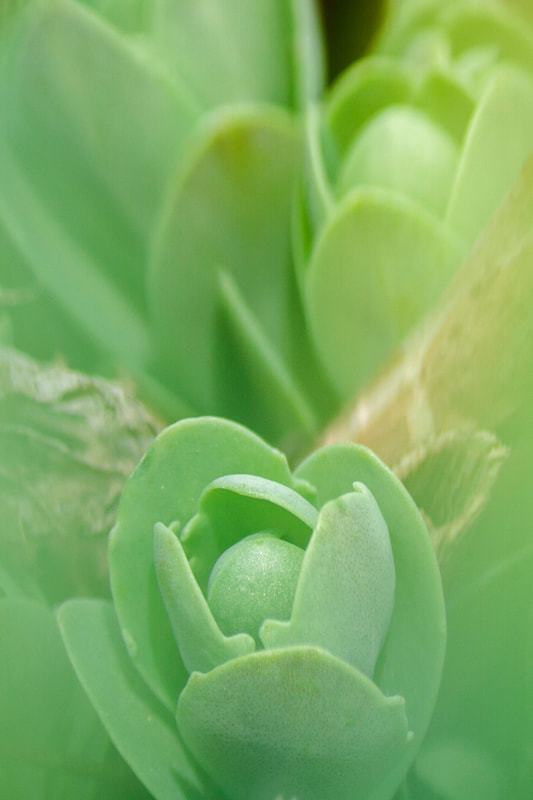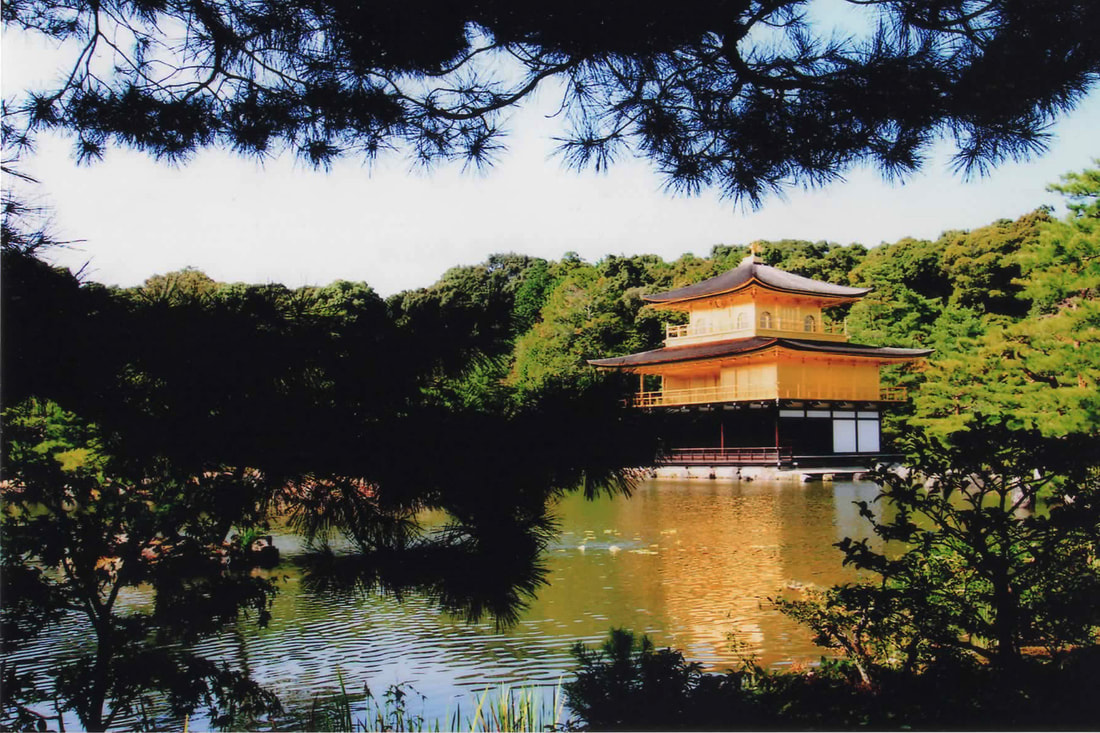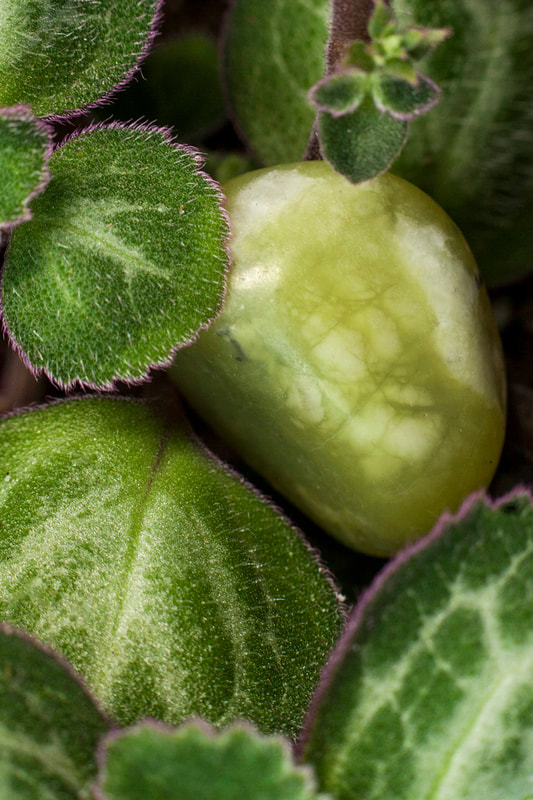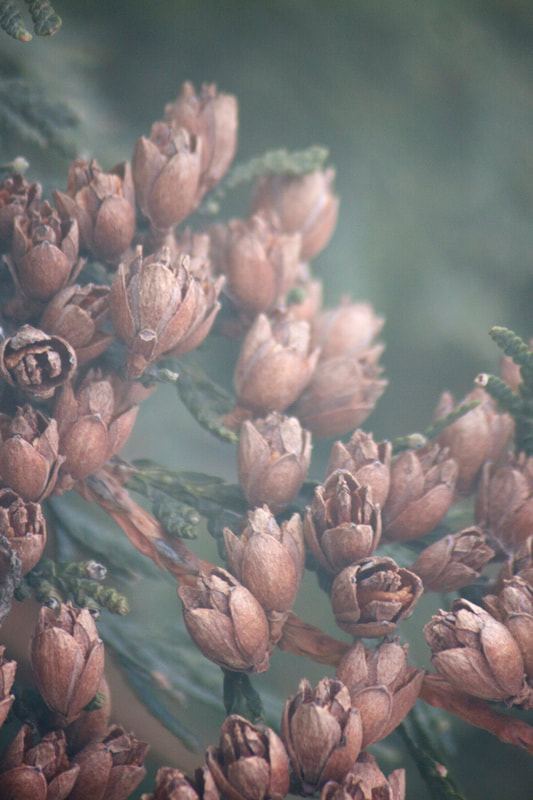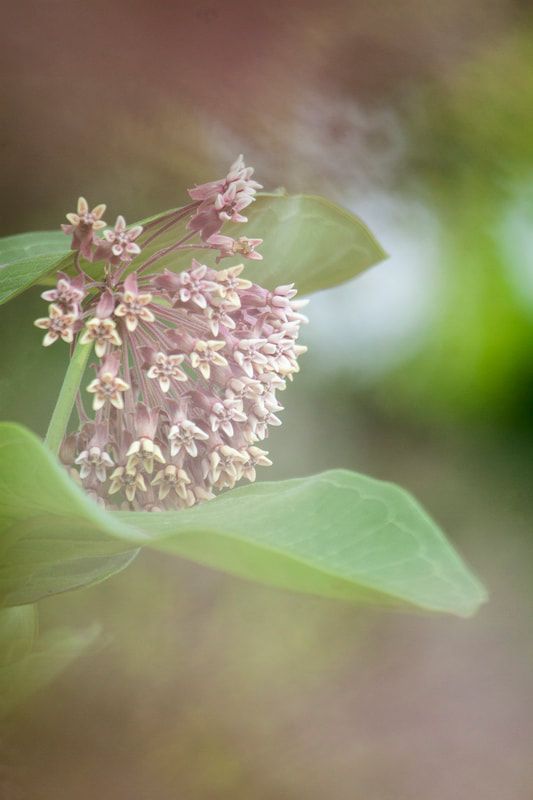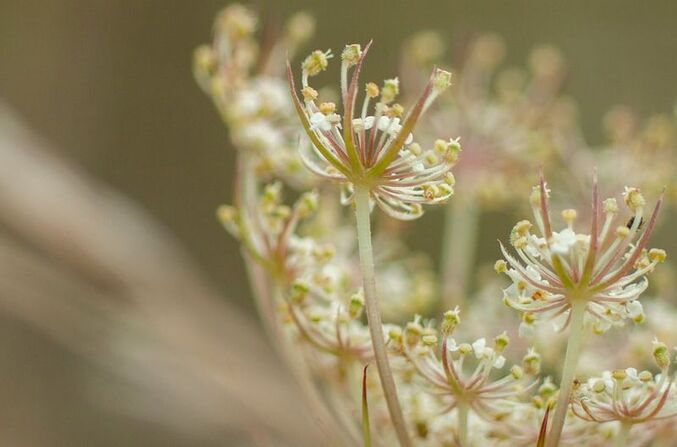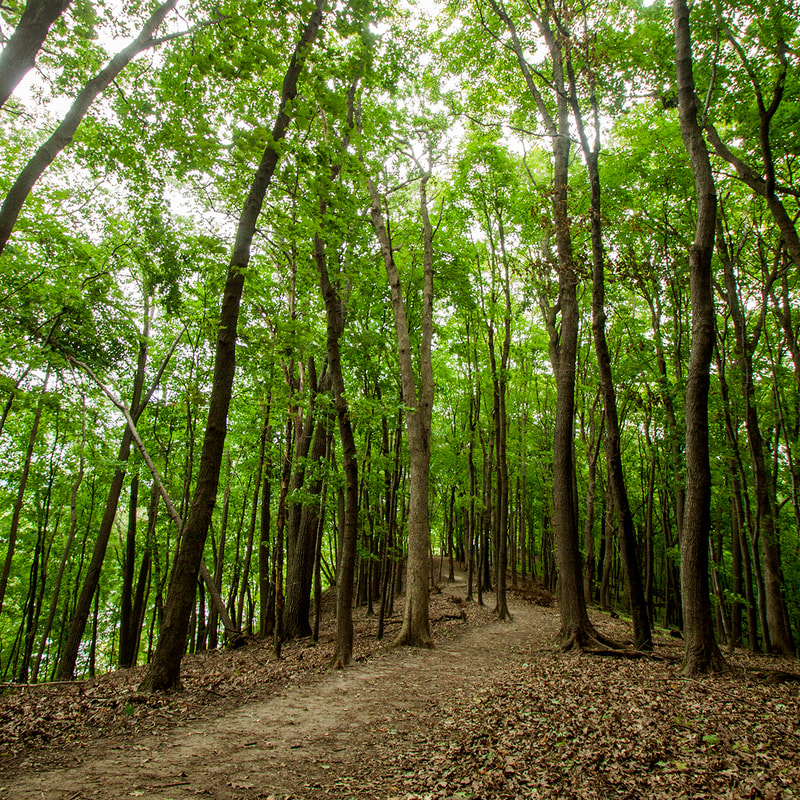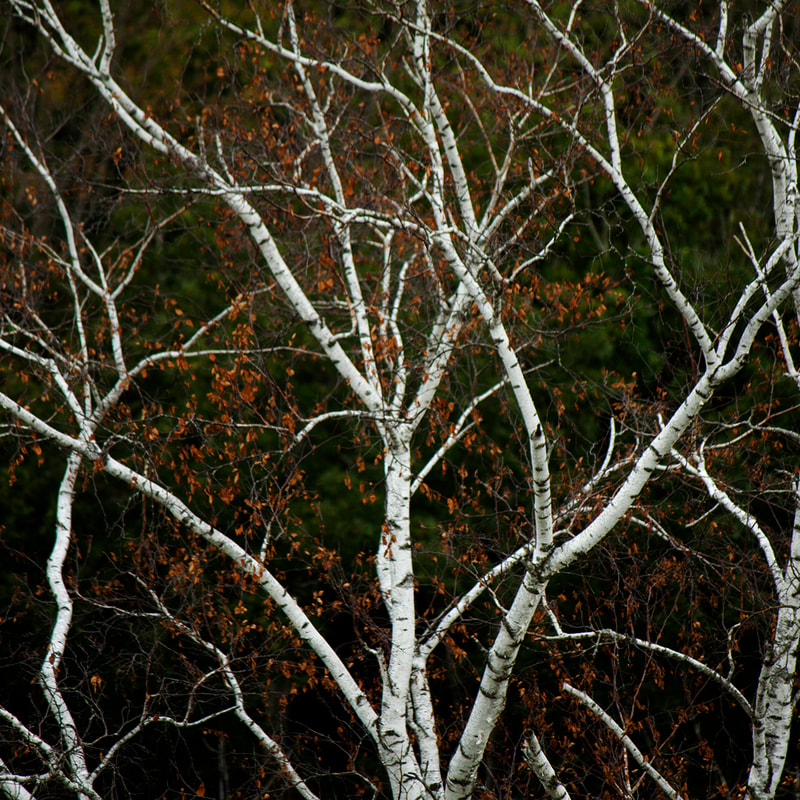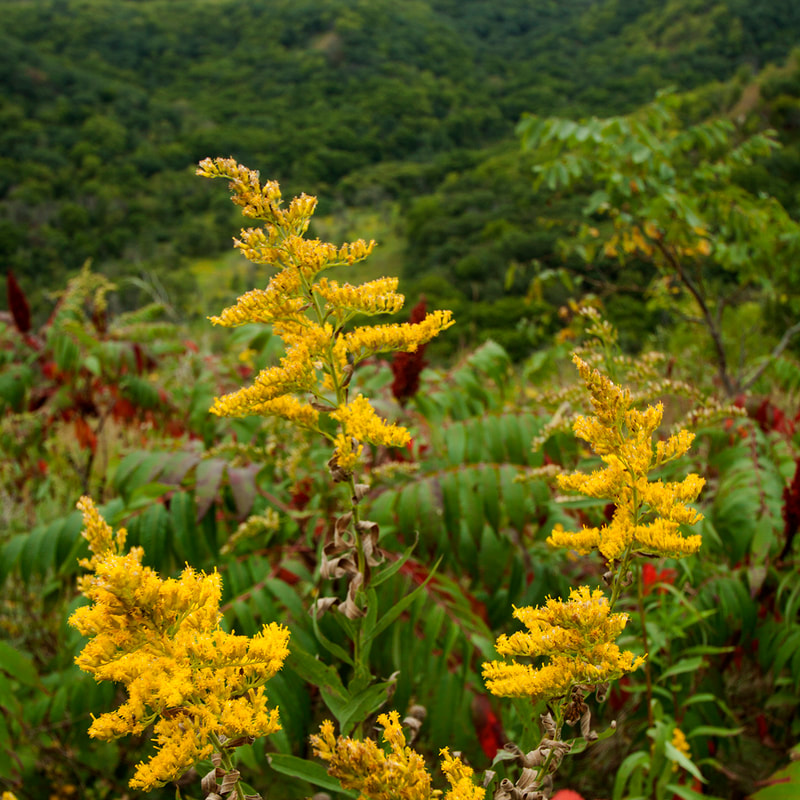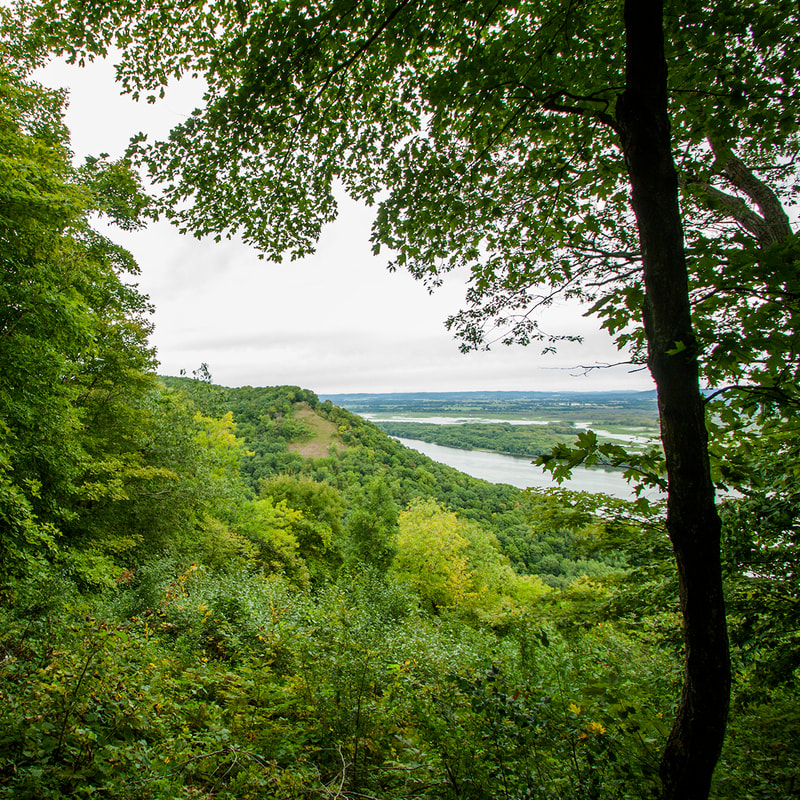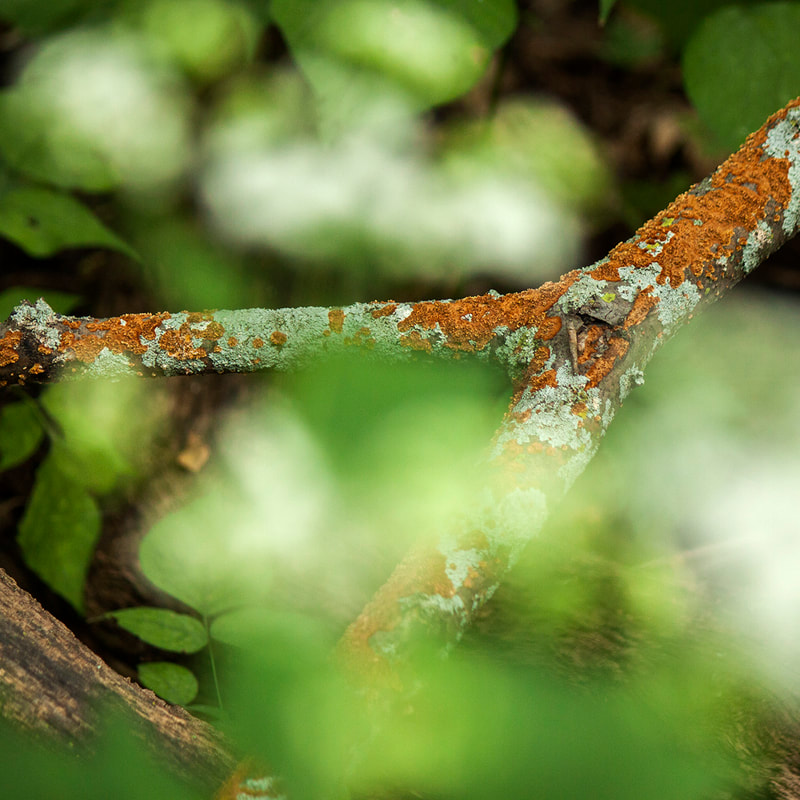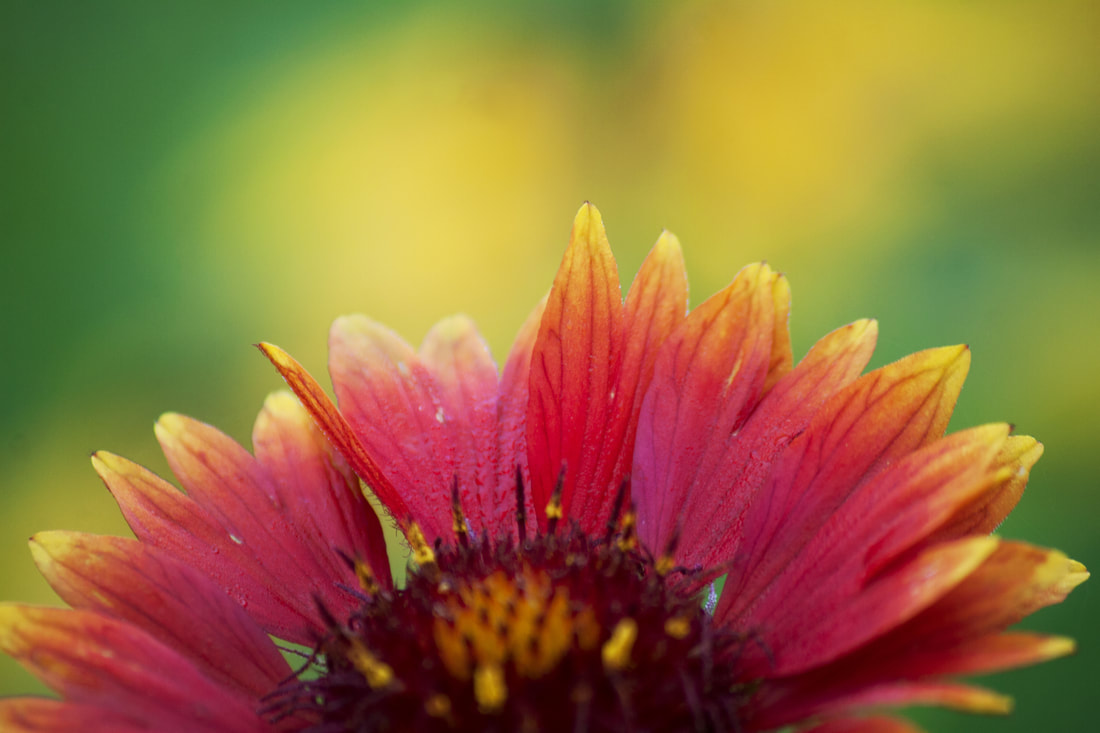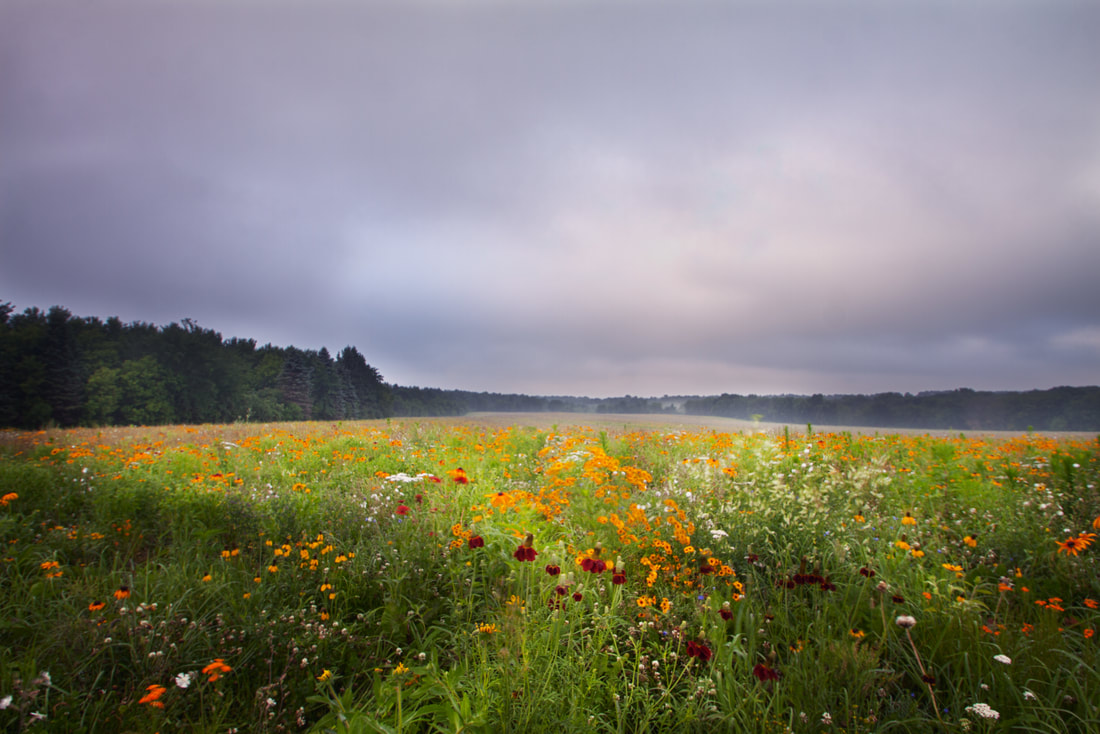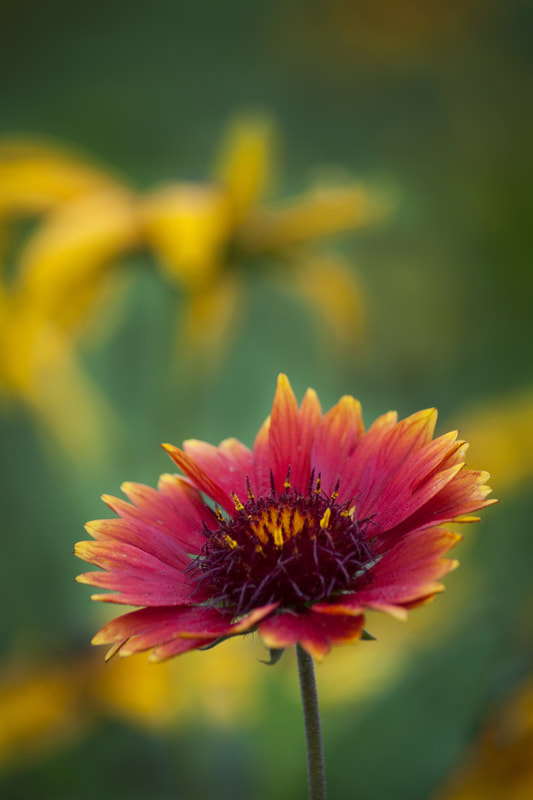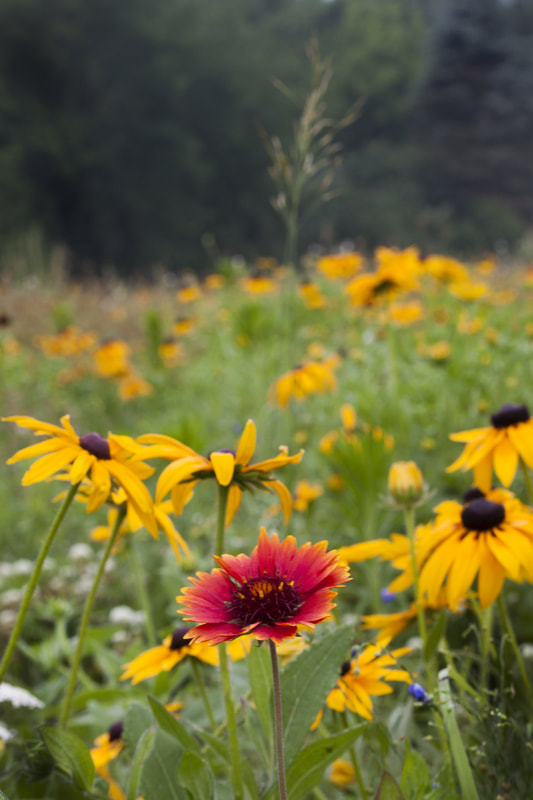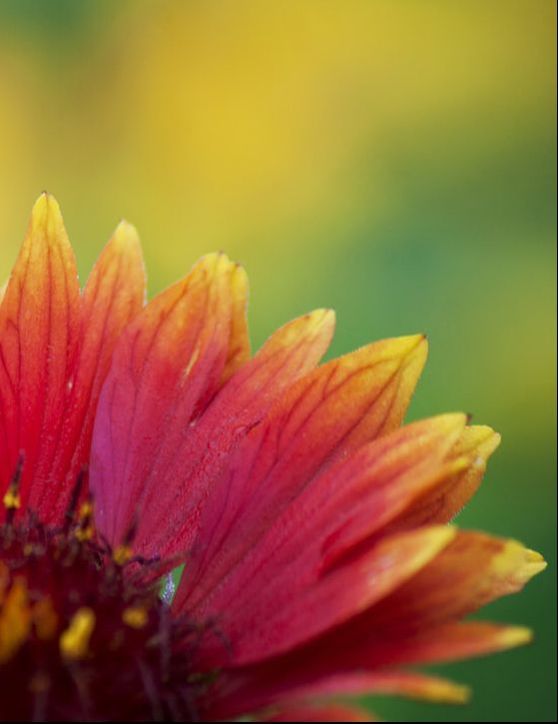EXPANDing "nature Photographer"Because I am woman who enjoys photographing solo, I often struggle with calling myself a nature photographer. Over the years, I've grappled comparing myself with the image I have of nature photographers who go out into wild locations in extreme conditions. With my circumstances and desire to use nature photography to restore my body and mind, I had to accept that I need to keep my practice simple and safe. Here are a few things I do to keep myself comfortable out in nature, even if not typical practices for many nature photographers. I travel light and keep my practice simple.
I keep daylight hours.
I center myself and my relationship with nature.
I honor my comfort-zone.
Staying close to home this winter provided me a bit of comfort and connection with the natural world during a season short on daylight hours. At first, I struggled with the idea that what I was practicing was nature photography, but overtime I realized that there are many ways to connect with nature and many ways to serve as nature photographer. Not all of us have the same relationship with the outdoors. That doesn't make those of us who take fewer risks are less worthy storytellers or nature lovers. Let's not be afraid to share, witness, and embrace the unconventional stories. Instead, let's allow and celebrate complexity within nature photography and the locations where we feel a connection. When have you expanded your definition of traditional labels?
choose supportive stylesIf we are paying attention, nature has a way of supporting our ever-changing emotional needs. Macro photography is my main style of expression. I find that when I take time to appreciate the little things, I'm less likely to take life for granted. When I focus on everyday beauty, I find contentment no matter where I am. Macro supports me with feelings of closeness and simplicity. Try using macro when you're feeling overwhelmed and need comfort. Landscapes support me with feelings of interconnection and expansion. Try using landscapes when you're feeling ungrounded and need connection. If you're feeling overwhelmed or want to focus on comfort, try framing the little details around you. If you're feeling ungrounded or want to focus on connection, try framing the bigger picture. If you're not sure how you feel or what you want, try both and see what may arise. How will you use different photos styles to support you?
Embrace Subtle BeautyIf we are paying attention, our personal stories have the possibility of influencing our photographic style. Point-and-shoot was my basic strategy for making images the first many years of my photography practice - even after going to school for photography, knowing all the rules, and possessing the technical skills. Don't get me wrong, there are benefits to making snapshots and I still make them 21 years post-graduation. Practice is vital for refining your art, but continual refinement and clear intentions is what differentiates snapshots from art. It wasn't until I had life experience, a refined perspective on beauty, and something I felt I needed to say that I finally began to use my camera settings and the rules of composition in an intentional way. In other words, I may have known what I was doing, but I didn't know why or what I was trying to say. Recently, I was reflecting on whether or not my imagers were communicating my intentions when artist & poet Gabriele Glang gifted me with this compliment, "Imperfection, wabi-sabi, haiku - I'm thinking your images are beautiful because they are spare, focused, elegant, concise. In fact, they are poems, to my mind." Wabi-sabi and haiku are Japanese artistic concepts, and my photographic style was informed by a life-changing experience in Japan. Feeling seen in this way inspired me to share a few ideas about how I create photographic poems.
Experiencing the beauty of mystery in my own life, this aesthetic resonated with me - it even helped me reframe some of the most difficult events in my life. Over the years, I have been learning to be less concerned with controlling situations and demanding tidy answers to life circumstances, preferring to instead to revel in a slow unfolding of this human drama. And with that intention for my life, I have been experimenting and slowly refining my artistic voice to express delight in our world's subtle, mysterious beauty. Here are a few ideas for adding subtle beauty to your images:
We have all been directly confronted with life's mysteries as we live our way through a global pandemic. When you find yourself trying to control or rush to figure it all out, try taking a stroll through nature and turning your concerns over to her subtle beauty. How will you bring subtle beauty to your images?
Staying open to simple pleasures offers opportunity for rejuvenation. Nature can hold us during Dark times, and she will also be there when we are ready to rediscover Light. She allows us the opportunity to reconnect with our inner desires, to move in and out of connection with others, to stay aware of the present moment, and to explore our relationship to the environment. If we can accept her gifts, we will rediscover our joy and return to our daily lives rejuvenated. Here are a few ideas for rejuvenating your life and photo practice:
What simple pleasures rejuvenate you?
Nature-based art supports a mindful life. When I go into nature, I am fully alive, energized, and in-tune with the world. Noticing beauty in nature has been my most consistent practice in mindfulness. When we practice mindfulness, there are beneficial opportunities. We have a chance to:
Since the term mindfulness is an abstract concept, here are a few ways one might describe the experience.
Nature-based art is a wonderful tool in helping us to simply secure our connection to a meaningful, healthy life. Bringing nature-based art into our homes, offices, and social media spaces, we can receive the benefits of a mindfulness practice as we go about our day-to-day lives. Here are three ideas for beginning a nature-based art mindfulness practice:
Mindfulness is a practice; it becomes easier and more beneficial over time. Nature imagery can make your mindfulness practice simple, accessible, and stress-free. How have you used art + nature to stay mindful?
|
AuthorKristin Perry is a nature photographer navigating life's complexities by focusing on beauty. Categories
All
Archives
June 2021
|
